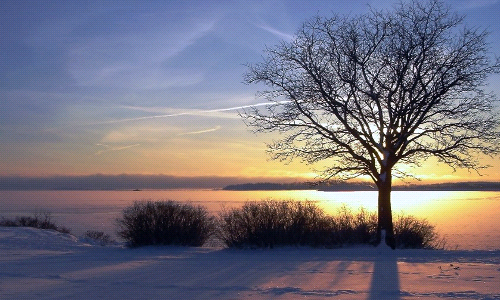What to Do When Leaves Fall in Your Garden
Many homeowners dread the thought of falling leaves. Raking and bagging them can make for hours of tedious work.
Leaves give us more than just beautiful views in the fall. They can give gardeners who think outside the box ways to grow robust and beautiful flowers and plants.
Leaves and Your Lawn
Leaves in the garden aren’t typically a cause for concern, but leaves on the lawn can be trouble if you don’t handle them the right way.
Having a lawn covered by layers of leaves may look pretty in the fall. And let’s be honest, it may save you the unpleasant chore of raking them up. But, when leaves cover your lawn they can wind up smothering the grass.
Grass needs sunlight to create nutrients. A layer of leaves covering your lawn will block out the sunlight. If your lawn is covered for a few days you may notice some yellow blades of grass.
Grass that’s covered for more than a few days will do more than turn yellow. The leaves act as a blanket from mother nature holding in moisture. This turns your front yard into a petri dish. It creates the perfect environment for mold to grow.
The moral of the story is a few leaves are not a bad thing. Just try to get them picked up before they create one big, moldy blanket.
Three All-Natural Fertilizer
If you’re a gardener, don’t look at leaves as the enemy, look at them as a windfall from mother nature. Leaves make for nearly magical views in the autumn months, and they’re a perfect all-natural fertilizer.
You can pay big bucks for time-released fertilizer at your local gardening center, or you can take what mother nature gives you. Turning leaves into fertilizer doesn’t require you to do anything more than what you are hopefully already doing.
Let the leaves stay where they are, and buzz over them a few times with your lawnmower. The leaves get shredded up with the mower blades. Then, the leaf confetti will find its way between the blades of grass and onto the soil.
Make Your Own Mulch
Mulch is expensive, and anyone who has ever had to unload bags or truckloads of it will tell you it’s backbreaking work. Thankfully, there’s a free way to make your own mulch without breaking your back.
To make your own mulch all you have to do is mix grass clippings with diced up leaves. Bagging your grass with the leaves you already have is a great way to mix this do-it-yourself mulch.
If you mix this all-natural combination, you’ll have free mulch that doesn’t look half bad to spread around your mulch beds and tree rings.. Plus, you will have a water-resistant, nutrient-rich groundcover to put in your beds.
Supercharge Your Soil
Rich soil can give life to beautiful flowers as well as colorful and tasty vegetables.
Start by digging a trench around your flowers or vegetables. Make the trench 2 feet wide and 1 foot deep. Next, fill the trench with those pesky leaves you are looking to get rid of. If you already have grass clippings mixed in with the leaves you are ahead of the game. If not, go ahead and mix in some grass clippings.
Don’t underestimate adding in the grass clippings. They provide nitrogen which helps break down the leaves so your plants will be able to better absorb the nutrients. If you don’t have grass clippings handy mix in some fertilizer with nitrogen. It should have the same effect.
However, if you add fertilizer make sure that it is only fertilizer.
The last step is to cover the trench with the soil you dug up and water the area thoroughly. The best part about this trick is that you can repeat it as often as you need to. When you gather up some more leaves can start digging another trench.
Keep Weeds from Taking Hold
As we mentioned earlier, layers of leaves act as mother nature’s blanket. Leaf blankets work wonderfully if you’ve got an open spot in your garden and you are worried about weeds popping up.
Simply, spread your leftover leaves generously across the area you want to keep weed free. The leaves will block the sun’s light keeping weeds from being able to sprout up.
When the weather warms up you can use the leaves as mulch or compost and set your plants up for a spectacularly successful growing season.













